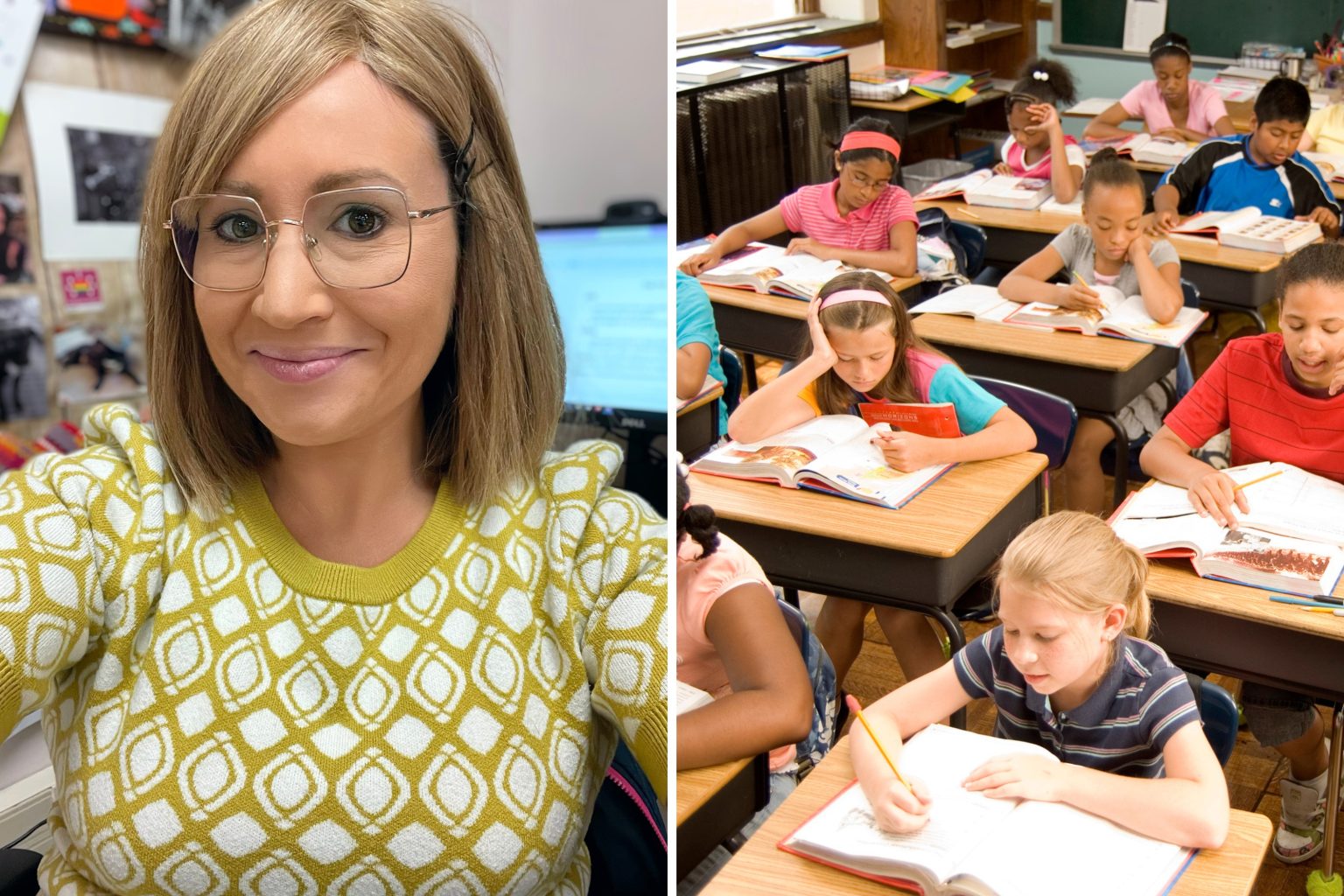In a piece written by Caitlin Hanratty, she expresses her concern about the lack of interest and engagement shown by students in her English class. She refers to this phenomenon as “Generation Indifference,” wherein students seem apathetic towards reading, critical thinking, and attending school. Hanratty describes the challenges of trying to motivate students who show little interest in literature, writing assignments, and even attending classes. She also highlights the impact of external factors such as funding cuts, lax attendance policies, and personal struggles on students’ academic performance.
Hanratty reflects on her experience as an English teacher since 2007, witnessing a decline in students’ enthusiasm for literature and writing. Despite her efforts to engage students and encourage them to appreciate the value of reading and critical thinking, many of them seem disinterested and unmotivated. She discusses the impact of technology, family dynamics, and societal trends on students’ attitudes towards learning, suggesting that these factors contribute to the crisis of caring in education.
The author raises concerns about the implications of a generation that lacks empathy, critical thinking skills, and a willingness to engage with challenging texts. She argues that the inability to access and engage with complex ideas and diverse perspectives could have far-reaching consequences for society. By highlighting the erosion of reading habits and academic standards, Hanratty emphasizes the urgent need for educators, parents, and policymakers to address the root causes of disengagement and apathy among students.
Hanratty discusses the challenges faced by teachers in a system that prioritizes social promotion, minimal academic rigor, and lax attendance policies. She describes the frustration of trying to motivate students who have grown accustomed to a culture of low expectations and minimal effort. Despite her dedication to helping students overcome personal obstacles and succeed academically, she expresses a sense of disillusionment with a system that rewards mediocrity and complacency.
The author emphasizes the importance of instilling a sense of care, empathy, and critical thinking in students, rather than simply focusing on academic outcomes or technological solutions. She calls for a reevaluation of priorities in education, stressing the need for a more holistic approach that considers the social, emotional, and intellectual development of students. Hanratty urges educators to be advocates for their students, challenging them to think critically, engage with challenging texts, and cultivate a sense of empathy and curiosity in their lives.
In conclusion, Hanratty’s reflective piece underscores the complex challenges facing educators in an era of apathy and disengagement among students. She calls for a renewed emphasis on empathy, critical thinking, and caring in education, challenging stakeholders to address the underlying causes of indifference and complacency in schools. As a teacher on the front lines, Hanratty’s insights offer a poignant reminder of the importance of nurturing a culture of curiosity, empathy, and intellectual engagement in the next generation.


